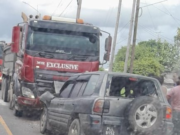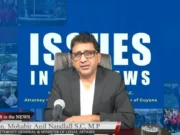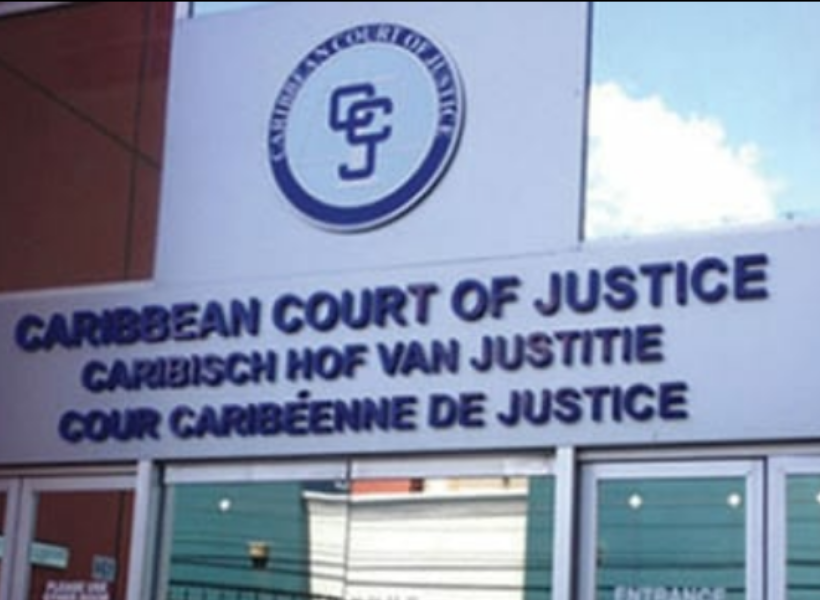Summary
The recent analysis by Kenrick Hunte suggests that he hasn’t taken the time to study petroleum economics literature. At least the basics. Because, had he done so, he would have had a better understanding of the economics for oil fields in general.
The stated inventory of the Uaru field of 812 million barrels of oil is understood to be the estimated proven reserve within that field. Therefore, given the daily production rate of 250,000 barrels per day, the 812 million barrels will be exhausted in 8.9 years. This means that plateau production will last for approximately nine years based on the proven estimate of 812 million barrels. And following plateau, production typically declines 6-8% per annum unless additional drilling or recovery methods are employed. Suffice it to state, it is for this reason that the production license has a life of twenty years to accommodate the entire life cycle of crude oil production.
Additionally, the author mistakenly presumed that the 75% cost recovery ceiling is the total cost from which he derived an average cost per barrel of crude of US$52.86 using data reported on crude oil production in the Bank of Guyana report for 2021. However, the correct [average] cost per barrel of crude oil based on the financial information reported in the 2021 financials for EEPGL, Hess and CNOOC, and based on the total crude oil produced in 2021 which was 42.213 million―would in fact work out to US$26 per barrel (Total Operating Cost:US$1.099b/Total Production: 42.213m barrels). This is lower than the average cost per barrel of crude in the United Kingdom, Brazil, and Venezuela according to the comparative data presented by the author.
Clearly, Kenrick Hunte’s analyses are deeply flawed in respect of oil and gas issues in Guyana. And on a completely different note, a sea of unanswered questions remain regarding his stewardship of GAIBANK, since over the years, it was observed that he fiercely defended his track record. He did so although there was a lack of empirical evidence prior to this. However, on this particular occasion, strong, indisputable empirical evidences were presented.
1. Background
In an article published in the media on May 16th, 2023, with the caption “inequity in the Uaru project”, Kenrick Hunte argued that the stated production life of 20 years for the project is “highly misleading and horribly wrong”. The author contended that “since Uaru has an inventory of 812 million barrels of oil; and since 250,000 barrels of oil will be produced daily, this implies that the oil will be fully extracted in 3,248 days or 8.899 years, assuming 365 days per year. More significant is the fact that if EEPGL employs debottlenecking technology as was done recently; and raise the daily production to 360,000 per day, then the life of the Uaru project with higher risks will be only 6.18 years, and not 20 years! Moreover, reflecting on the comments (KN: 5/14/2023) made by ExxonMobil Corporation’s Senior Vice President and Chief Financial Officer (CFO), Kathy Mikells who said’ … that the oil giant is sparing no effort in maximizing value from Guyana on all fronts, as quickly as possible. …’. that the people of Guyana, in broad daylight, were being taken advantage of, given the small share of the total revenue (14.5%) that Guyana will receive from a non-renewable resource that will be exhausted in or before 2034. Consequently, the Government of Guyana should explain how this poor project evaluation was accepted”.
The author also erred in his calculation on the production cost per barrel which this article will address as well.
2. Discussion and Analysis
Petroleum Economics Basics: The Decline Curve
The analysis by Kenrick Hunte suggests that he hasn’t taken the time to study the petroleum economics literature. At least the basics. Because, had he done so, he would have had a better understanding of the economics for oil fields in general.
An elementary understanding of oil and gas decline curves is a pre-requisite before engaging in the foregoing discussion or debate. In this respect, in the petroleum economics literature, the decline curve basics state that when oil and gas is initially produced it is known as primary production. Though there are a few exceptions, production from a strong water-drive reservoir may initially be flat. However, as oil or gas is produced, the water moves toward the well and eventually begins to be produced at which time oil or gas production begins to decline. In cases where the production is limited to production facilities, the production is curtailed (CED engineering).
“As time passes, the reservoir pressure declines to a point when the well can no longer produce at the curtailed rate and production begins to decline. To increase production and reserves in oil and gas wells, water, or other fluids (gas, CO2, etc.) may be injected into the reservoir. This is most common in oil reservoirs than gas reservoirs. Injecting fluids requires additional wells to be drilled, or some of the existing producing wells be converted to injection wells. The purpose of these injected fluids is to increase the reservoir pressure and push oil and gas to the production wells. If this occurs during or after primary production, this is known as secondary recovery.
If some form of secondary recovery has already been done, then it is known as tertiary recovery. The oil and gas production from secondary and tertiary recovery projects will typically increase until some point in time and then eventually decline as those injected fluids, along with oil and gas is produced.” (CED engineering).
Further, “regardless of whether a well is under primary, secondary, or tertiary production, it should be evident that production from wells will eventually decline”.
With the aforementioned in mind, the stated inventory of the Uaru field of 812 million barrels of oil is understood to be the estimated proven reserve within that field. Therefore, given the daily production rate of 250,000 barrels per day, the 812 million barrels will be exhausted in 8.9 years. This means that plateau production will last for approximately nine years based on the proven estimate of 812 million barrels. And following plateau, production typically declines 6-8% per annum unless additional drilling or recovery methods are employed. Suffice it to state, it is for this reason that the production license has a life of twenty years to accommodate the entire life cycle of crude oil production.
Average Cost Per Barrel of Crude
The author mistakenly presumed that the 75% cost recovery ceiling is the total cost from which he derived an average cost per barrel of crude of US$52.86 using data reported on crude oil production in the Bank of Guyana report for 2021. However, the correct [average] cost per barrel of crude oil based on the financial information reported in the 2021 financials for EEPGL, Hess and CNOOC, and based on the total crude oil produced in 2021 which was 42.213 million―would in fact work out to US$26 per barrel (Total Operating Cost:US$1.099b/Total Production: 42.213m barrels). This is lower than the average cost per barrel of crude in the United Kingdom, Brazil, and Venezuela according to the comparative data presented by the author.
Other Commentary
On a completely different note, it would be remiss of this author not to highlight my utmost disappointment as to why Kenrick Hunte failed to respond to an article in which this author challenged him during his tenure as the General Manager of GAIBANK. Hunte had engaged this author in debates on the oil and gas front in 2022 on several occasions, but strange enough, conveniently chose to ignore that particular article. Is it because it is difficult to debunk or deny the empirically substantiated arguments in regard to GAIBANK’s egregious performance under his stewardship? I anxiously await a response.
3. Concluding Remarks
Clearly, Kenrick Hunte’s analyses are deeply flawed in respect of oil and gas issues in Guyana. And a sea of unanswered questions remain regarding his stewardship of GAIBANK, since over the years, it was observed that he fiercely defended his track record. He did so although there was a lack of empirical evidence prior to this. However, on this particular occasion, strong, indisputable empirical evidences were presented.
(For ease of reference, see link to the article here: https://www.guyanastandard.com/2023/04/30/professor-hunte-was-largely-responsible-for-gaibanks-failure/).
About the Author
Joel Bhagwandin is a public policy/financial analyst―and an experienced financial professional with more than fifteen years’ experience in the financial sector, corporate finance, financial management, consulting, and academia. He is actively engaged in providing insights and analyses on a range of public policy, economic and finance issues in Guyana over the last six years. He has authored more than 300 articles covering a variety of thematic areas. Joel has also written extensively on the oil and gas sector. (Author’s professional profile on LinkedIn can be accessed here: https://www.linkedin.com/in/joel-bhagwandin-57481470/.)











